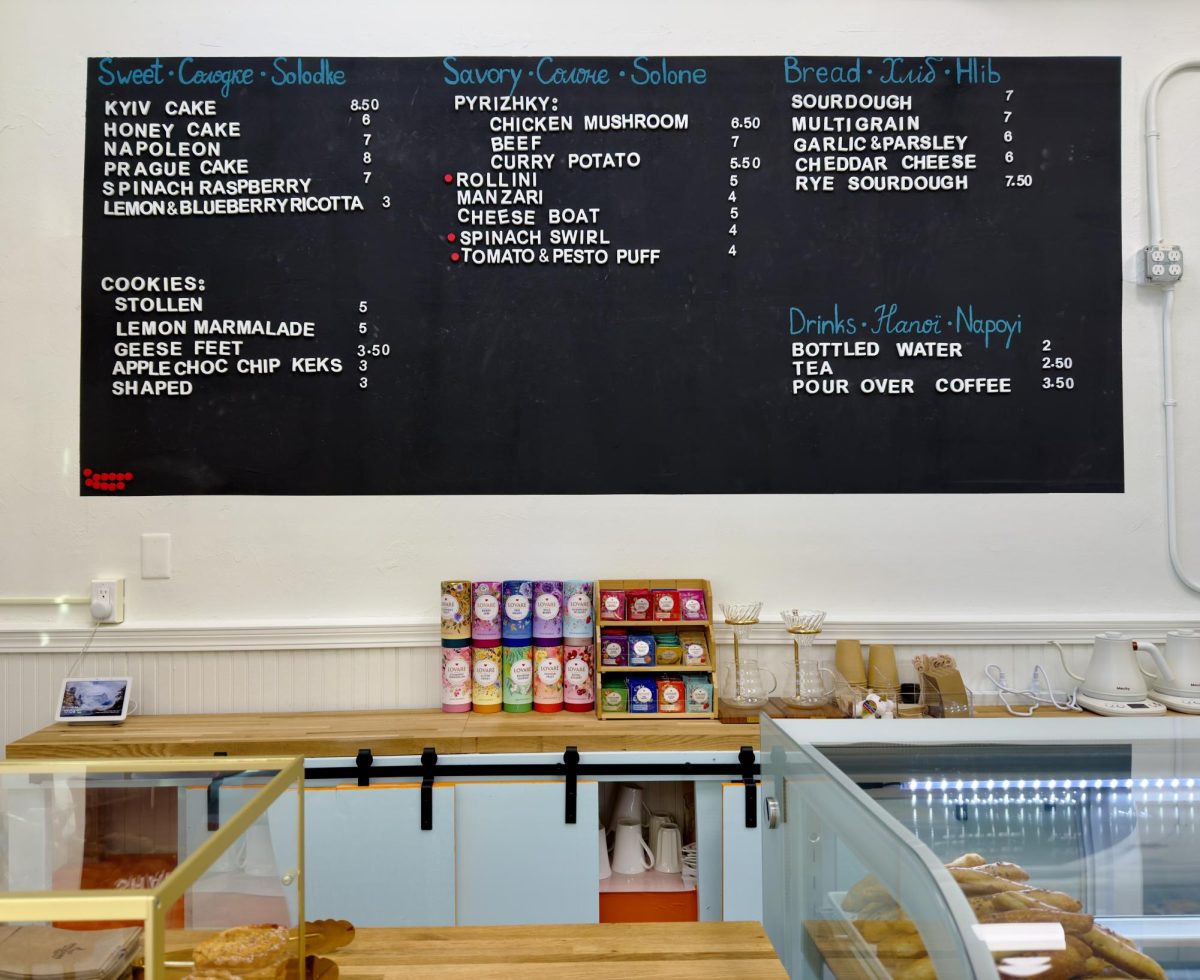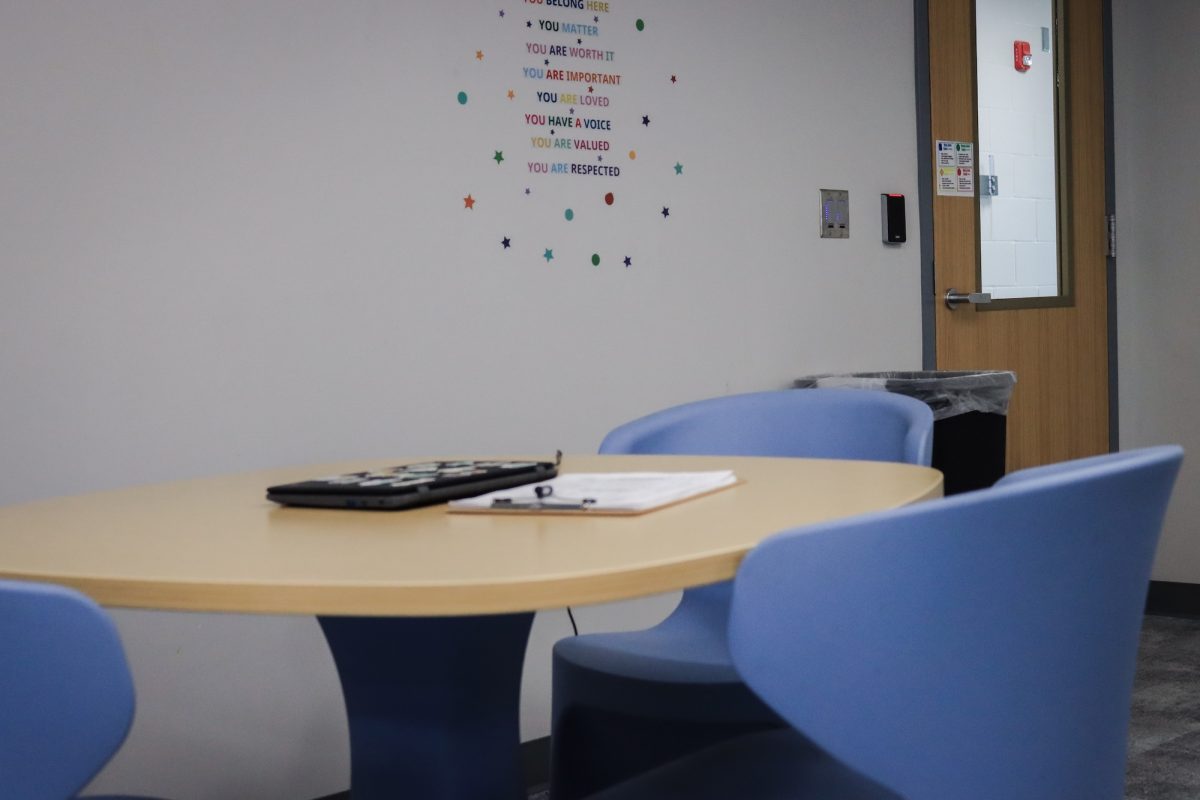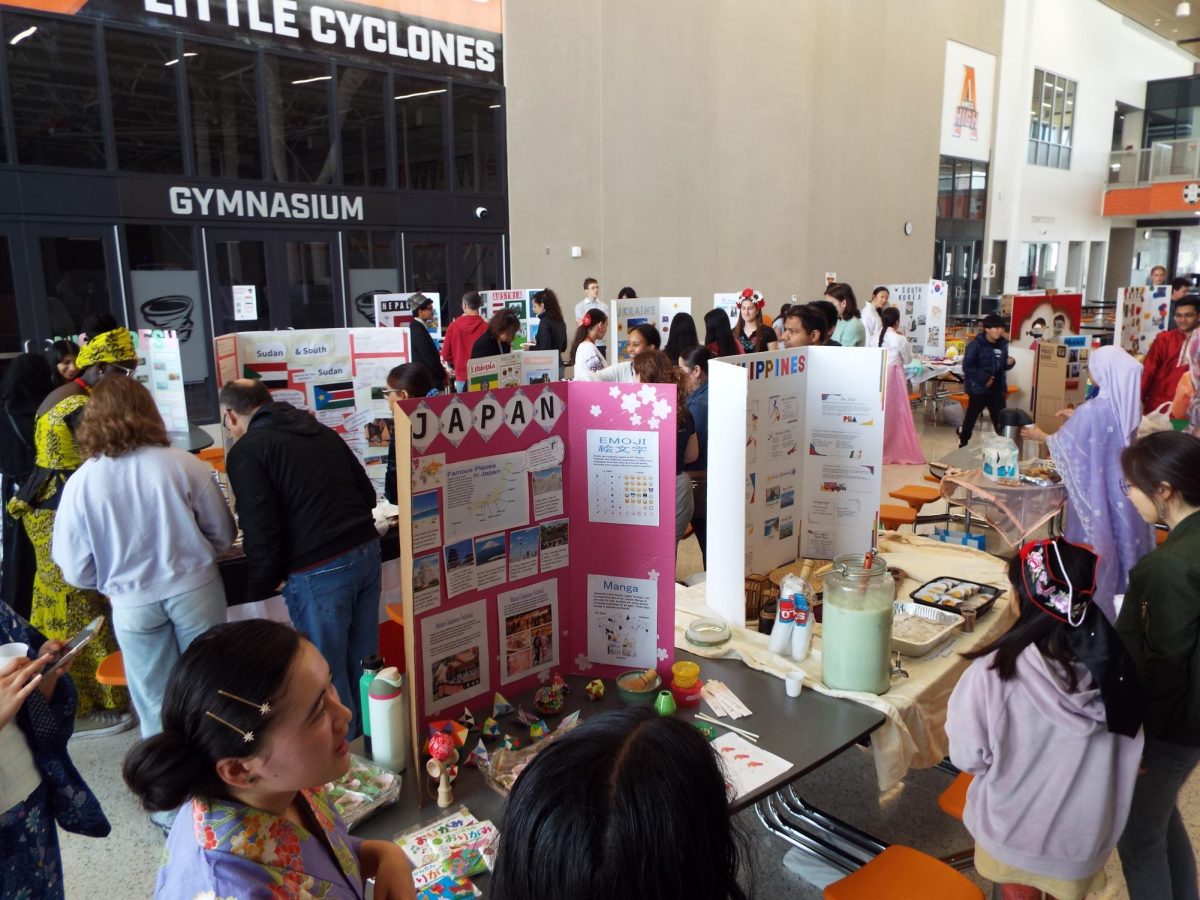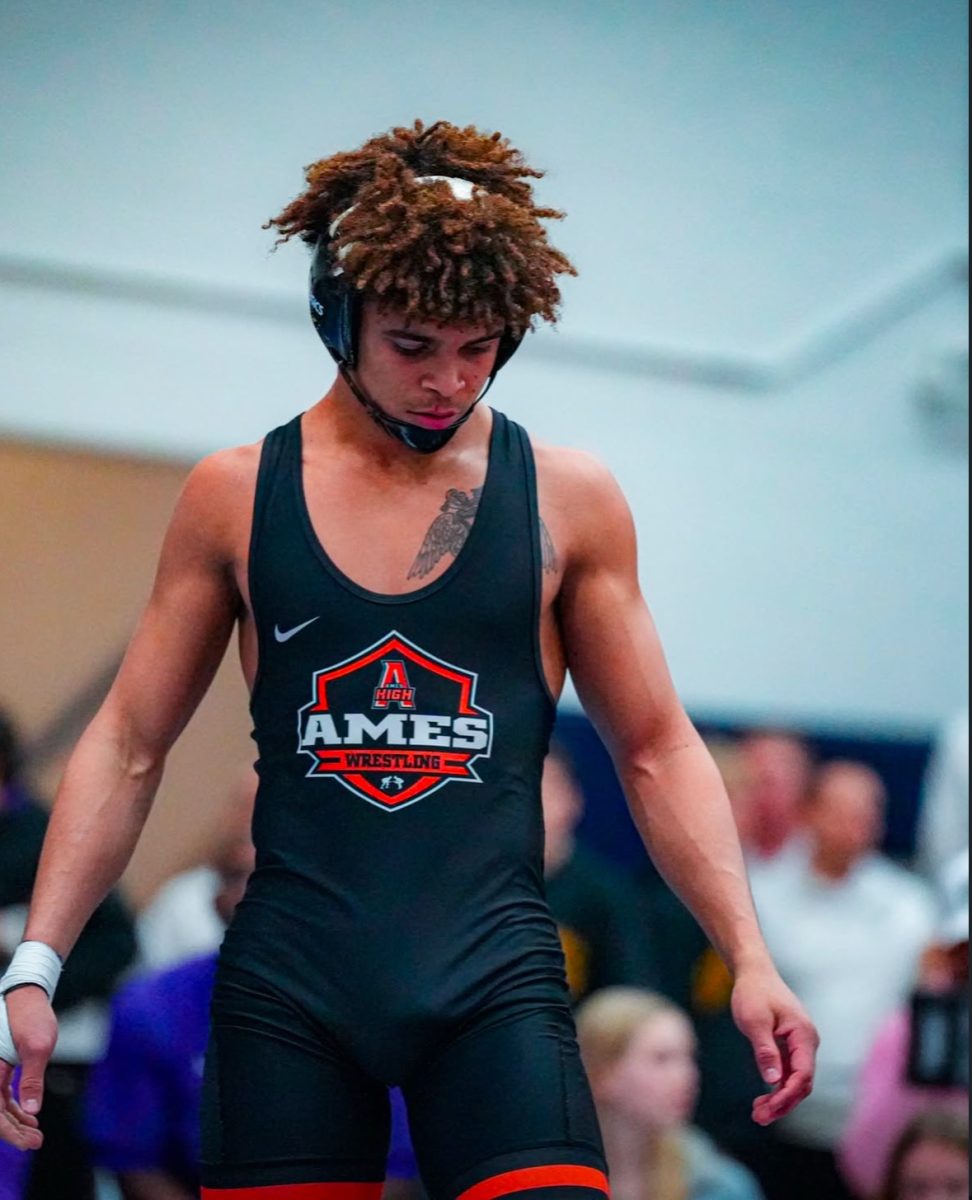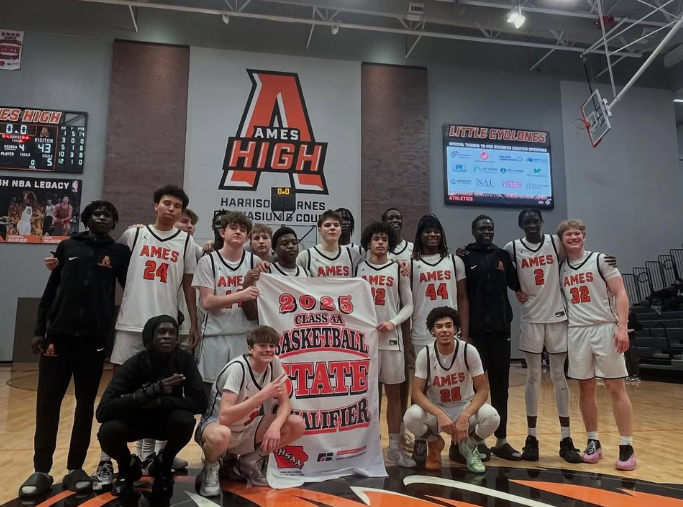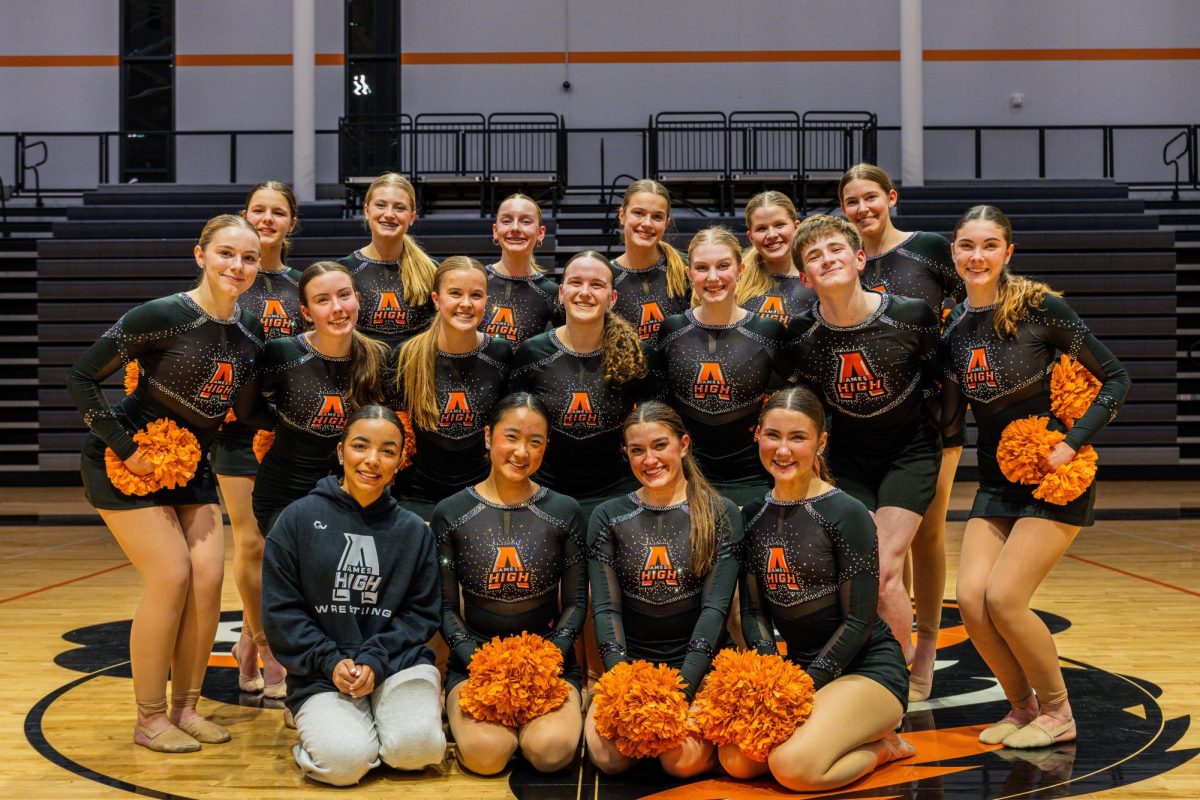Spanish schools vs. American schools
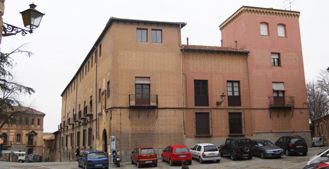
April 24, 2017
The atmosphere of a Spanish classroom is extremely different from that of our own classroom at Ames High. In most classes we sit attentively and silently listen to the teacher. In comparison the Spanish school is incredibly rowdy, the students scream at the teachers and the teachers scream at the students. Even though their classes are much more chaotic the teachers are more strict. If a student is caught with their phone out the 1st offense is their phone is gone for the day, and by the 3rd offence it’s gone till summer break.
When I was in Spain with the school exchange program, I attended some High School level classes as well as some Elementary level classes. These classes all resided in the same building. From preschool to the final grade of high school, the students were all housed in the same building. The History of Spain was one of the most overwhelming classes I experienced. The teacher was screaming in rapid-fire spanish and the students were following suit.
“It was a little hard to focus when I could only understand a word or two every sentence and everything is so fast. Also it was just a hectic environment because everybody was talking at once,” said senior Ethan Haun about the environment of a class in Spain.
What was considerably more enjoyable was attending 12 year old English classes. In the 12 year old class we were presented with English phrases that didn’t translate directly like, “kick the can”, “they caught him red handed”, or “hit the nail on the head”. With the phrases we did our best to explain to them what they mean in English as simply as we could. Then on reverse the Spanish students tried their best to explain Spanish phrases that don’t directly translate.
“it was a lot of fun !! it was really hard to explain when the sentences didn’t fully translate from english to spanish or vice versa,” said senior Gaby Dempsey.
Also different than our school, their school days are split into the morning and afternoon with a 30 minute break. The break isn’t for lunch, but instead a snack. The students crowded around the side of the school and chat with their friends, or take a quick walk down to the aqueduct. When they return to their homes after school, it is traditional to eat lunch with their families instead of eating at school.
On the surface, the differences between Spanish and American schools can seem incredibly apparent. There are big differences between the way they experience class and how their day is set up, but underneath the clamor the students are the same as us, just trying to get good grades and survive finals.



